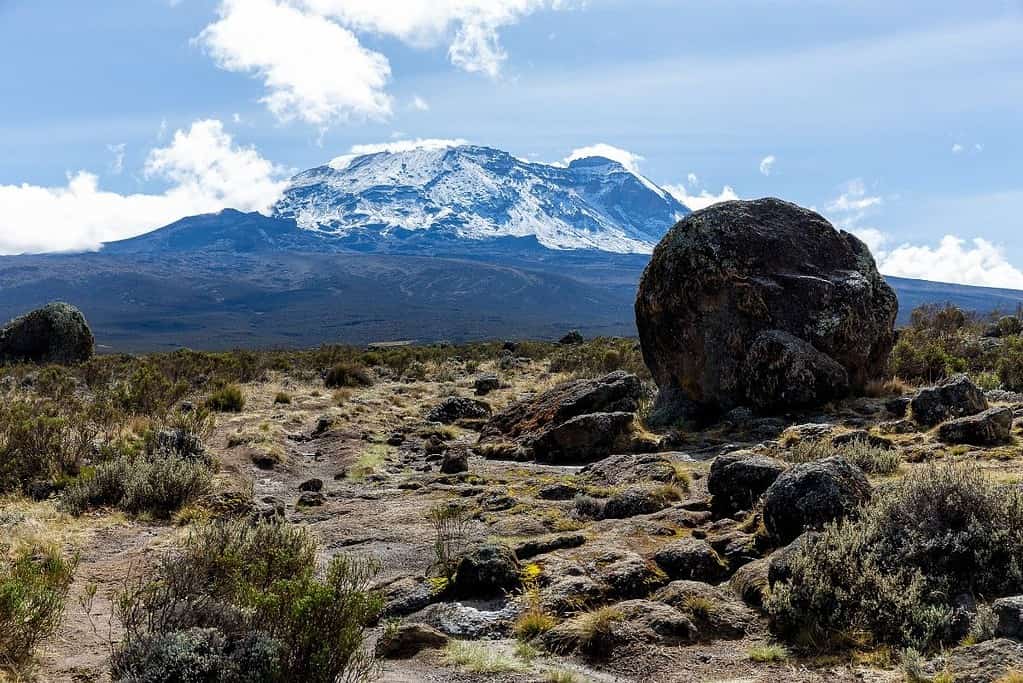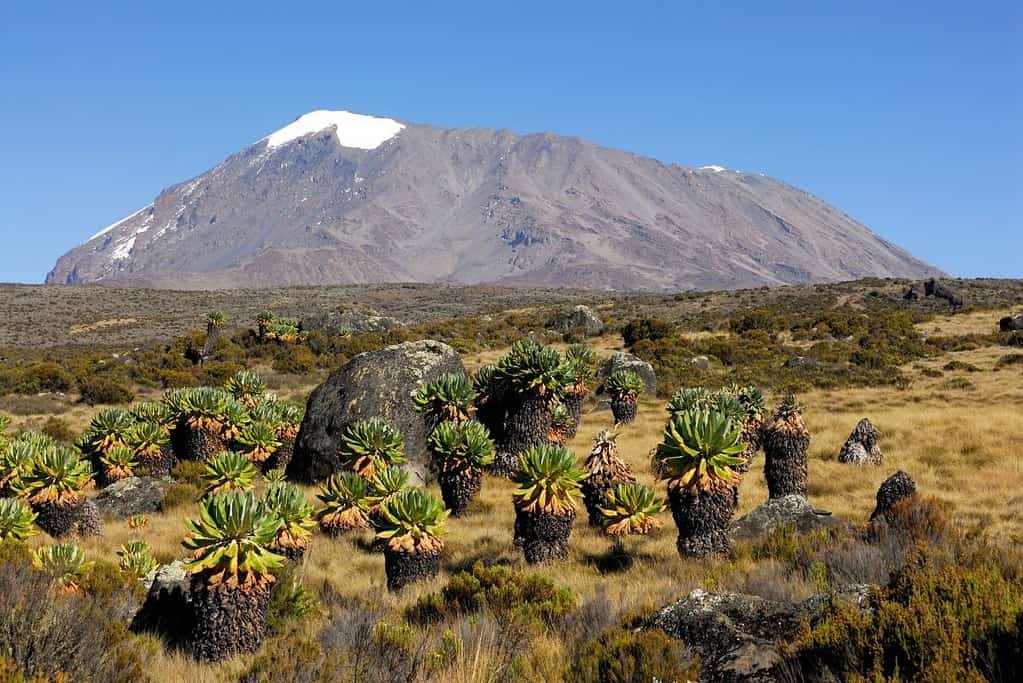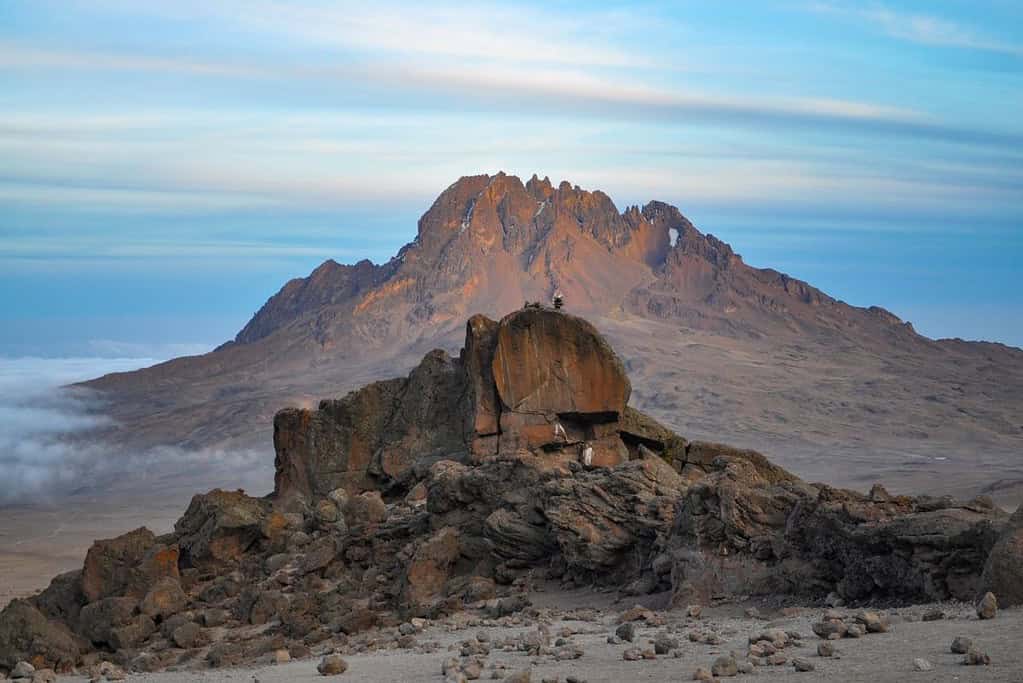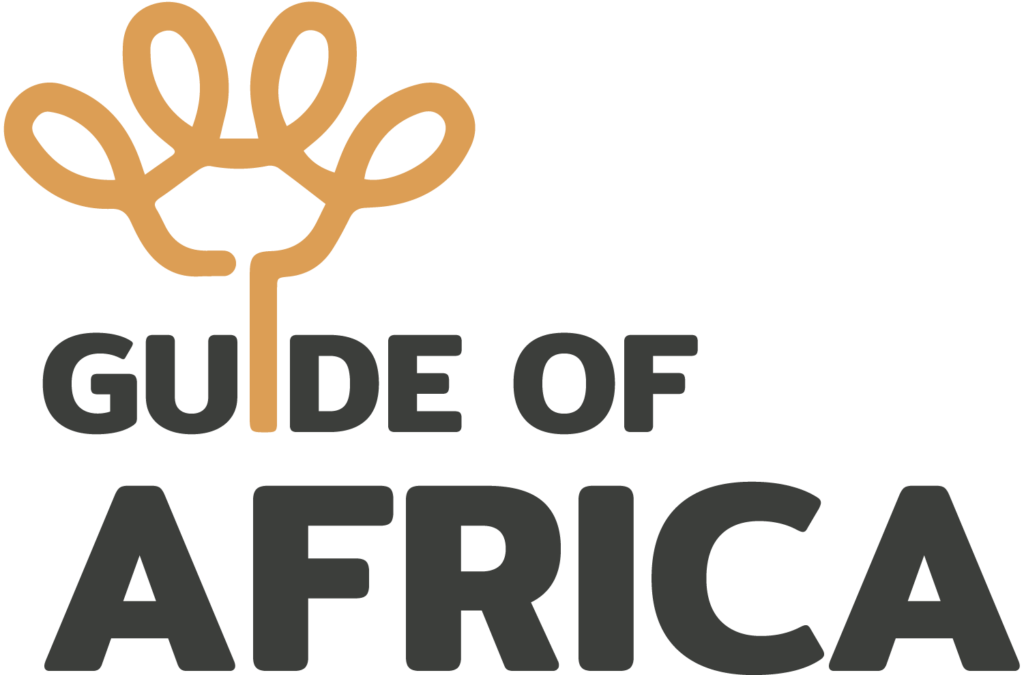Mount Kilimanjaro, standing majestically at approximately 5,895 meters (19,341 feet) above sea level, is not only the highest peak in Africa but also the tallest free-standing mountain in the world. Its snow-capped summit and awe-inspiring views have attracted adventurers and climbers from across the globe, making it one of the most iconic mountains to conquer. In this blog post, we will explore the allure of Kilimanjaro, the routes one can take to reach its summit, the challenges faced during the climb, and tips to make this journey a successful and memorable one.
Table of Contents
The Allure of Kilimanjaro
Kilimanjaro is located in Tanzania, near the border with Kenya. The mountain is part of the Kilimanjaro National Park and is a UNESCO World Heritage Site. Its massive size and beauty, combined with its accessibility, make it a popular choice for both seasoned mountaineers and enthusiastic trekkers alike. Kilimanjaro is unique because it offers the dramatic experience of walking from the tropical bottom to the Arctic summit in just a matter of days.

The mountain itself is a stratovolcano, which means it is built up by many layers (strata) of hardened lava, tephra, pumice, and ash. Unlike many high peaks that require technical climbing skills, Kilimanjaro is primarily a trekking peak, and most of its routes are accessible to those without advanced mountaineering experience. This accessibility makes Kilimanjaro one of the “Seven Summits” that many climbers aim to tackle during their lifetime.
Routes to the Roof of Africa
There are several routes by which climbers attempt to reach the summit of Kilimanjaro, each offering a different experience:
- Marangu Route: Known as the “Coca-Cola” route, this is the oldest and most established route. It is considered the easiest path in terms of gradient and terrain, and it offers hut accommodations, making it a popular choice for those who prefer a more comfortable ascent.
- Machame Route: Often called the “Whiskey” route, this is more challenging than Marangu and is known for its scenic beauty. It involves steeper paths and typically takes longer, allowing better acclimatization. Campsites are used for overnight stays.
- Lemosho Route: This is a longer route, which allows for excellent acclimatization and offers some of the most spectacular scenery. It starts from the western side of the mountain and joins the Machame Route at Shira Plateau.
- Rongai Route: The only route that begins from the northern side of the mountain, near the Kenyan border. This route is considered one of the easiest routes in terms of technical difficulty and is less crowded.
- Umbwe Route: Known as the most challenging route on Kilimanjaro, it is steeper and shorter, which makes it less suitable for acclimatization but perfect for experienced trekkers seeking a thrill.
Preparing for the Climb
Climbing Kilimanjaro is an adventure that requires both physical and mental preparation. Here are some tips to prepare for the journey:
- Physical Fitness: While technical climbing is not required, the trek is physically demanding. Regular cardiovascular training, combined with strength training and hiking, can help prepare your body.
- Gear and Equipment: Proper gear is essential for a successful climb. This includes thermal clothing, a good quality sleeping bag, hiking boots, a backpack, and other trekking essentials.
- Acclimatization: Altitude sickness is a real concern on Kilimanjaro. Choosing a longer route can help with acclimatization. It’s also important to stay hydrated and move at a pace that allows your body to adjust to the altitude.
- Travel Insurance: Make sure you have travel insurance that covers high altitude trekking. This is crucial for handling any potential medical issues during the climb.

On the Mountain: What to Expect
The journey to Uhuru Peak, the highest summit on Kibo’s crater rim, is both challenging and rewarding. Here’s what climbers can expect:
- Day-to-Day Experience: Days on Kilimanjaro start early, often before sunrise. Hikers spend about 5-7 hours trekking each day, depending on the route and speed of ascent.
- Flora and Fauna: The climb offers a chance to walk through various ecological zones – from rainforest to alpine desert to arctic summit. The lower slopes of the mountain are home to a variety of wildlife, including monkeys and exotic birds.
- Weather Conditions: Weather on Kilimanjaro can be very unpredictable. Climbers can experience heavy rainfall, intense sun, and cold temperatures, often all within the same day.
The Summit Experience
Reaching the summit of Kilimanjaro, often timed to coincide with sunrise, is an exhilarating experience. As the sun rises, it illuminates the vast African landscape below, creating a surreal and unforgettable moment. The feeling of accomplishment, combined with the stunning views from the top, makes all the challenges and efforts worthwhile.

Choosing the Right Tour Operator
Selecting a responsible and experienced tour operator is critical for a safe and successful climb. A good tour operator will not only provide logistical support but also ensure that climbers have a knowledgeable guide, proper acclimatization schedules, and emergency procedures in place. It is important to choose operators who are committed to ethical practices, including fair wages and good working conditions for their staff. Climbers should research and select companies that have strong positive reviews and are known for their commitment to both client safety and environmental sustainability.
Training and Health Tips
In addition to general physical preparation, climbers should focus on altitude training if possible. If you live near mountains, regular hikes at higher altitudes can be beneficial. For those who don’t have access to high altitudes, cardio exercises that increase lung capacity and endurance training can also be helpful.
Health-wise, it’s essential to consult with a healthcare provider before undertaking such a climb. Discussing previous health conditions and understanding the risks associated with high-altitude trekking are vital steps. Also, learning about the symptoms of altitude sickness and how to deal with them is crucial for every climber.

Conclusion
Climbing Kilimanjaro is more than just an adventure; it’s a journey through diverse landscapes and a test of personal endurance and spirit. With the right preparation and respect for the mountain and its natural beauty, climbers can have a safe and incredibly rewarding experience. Whether you’re a novice trekker or an experienced climber, Kilimanjaro offers an adventure that is both accessible and awe-inspiring.
